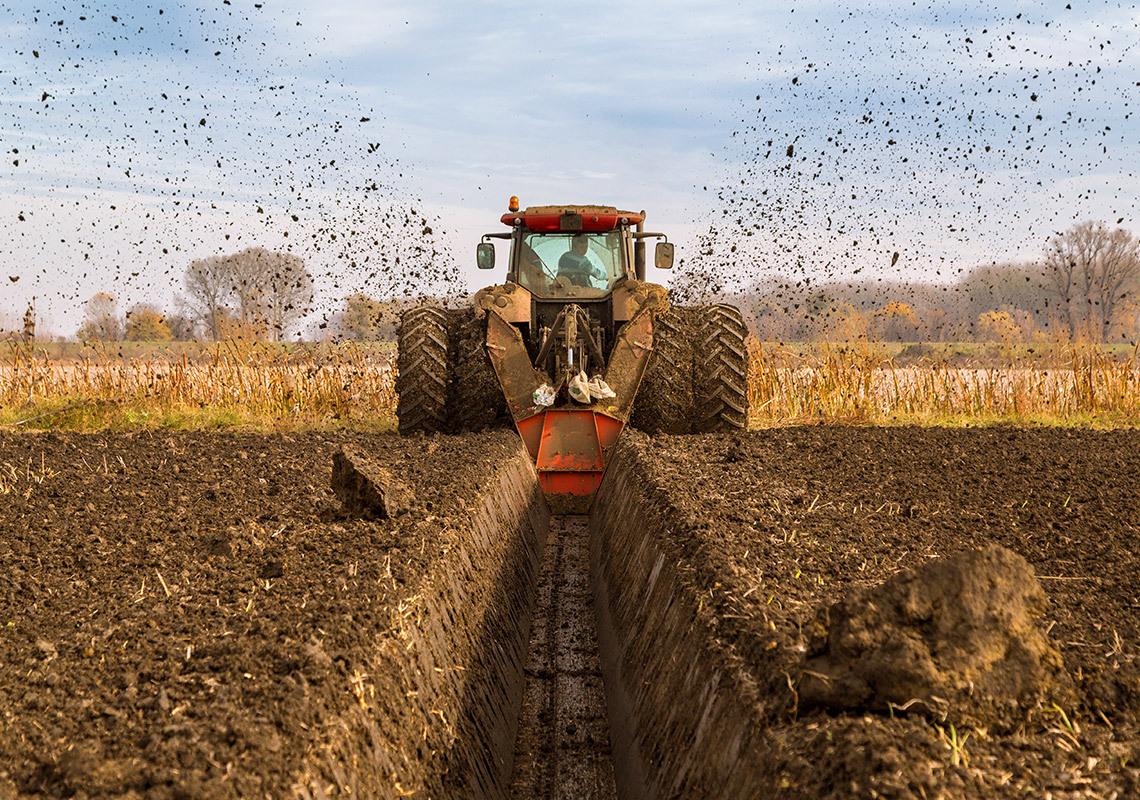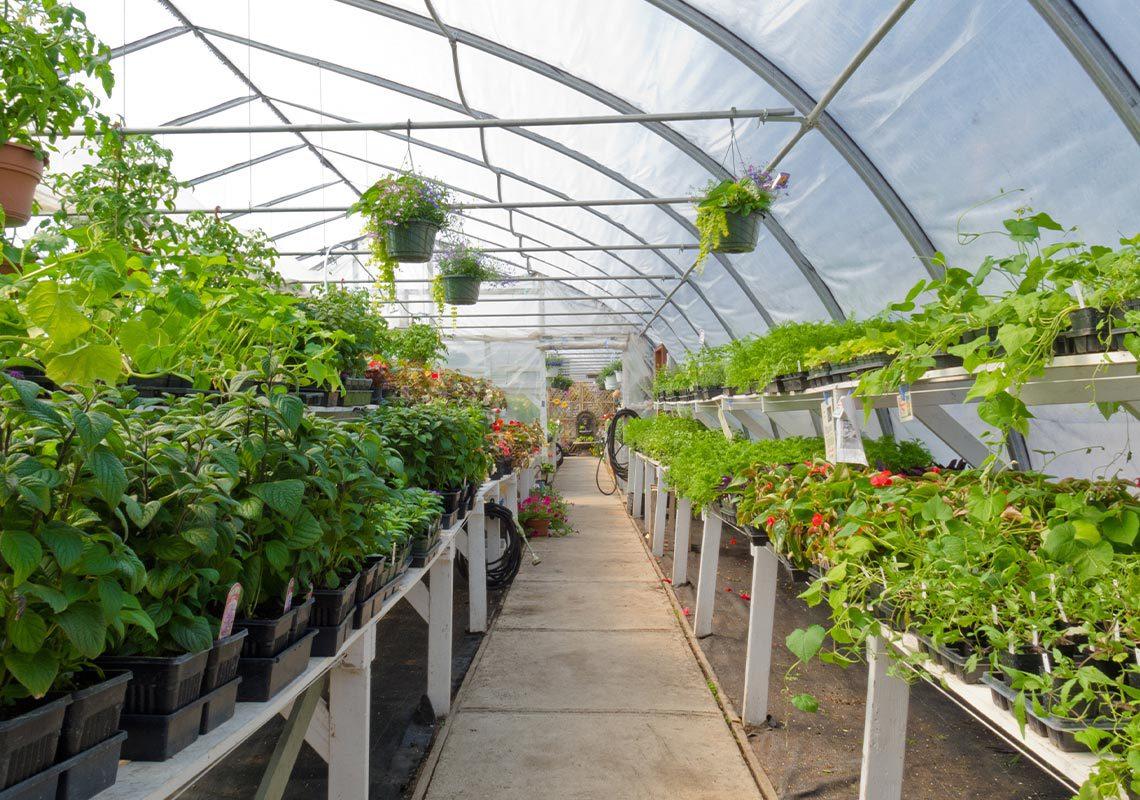Flying into The Future of Farming
Drones have long been used for photography, scoping out new terrain and many other innovative uses, but the use of drones within farming is the latest advancement in the farming industry. Farm and General explain how to utilise drones within agriculture and how to ensure your farm insurance policies are up to date.
What Can Drones be Used for Within Farming?
Drones can be used for a huge variety of aspects of farming, from automating crop spraying, seed spreading, checking temperatures and moisture levels of soil and providing real time insights that are non-evasive to crops which ultimately can help save time and money.
Drones combined with the use of unmanned aerial vehicles (UAV) can completely transform traditional farming. Recent technology can help efficiently, and precisely detect the correct concentration of fertiliser or pesticide for instance. Subsequently improving the quality and yield of crops without walking the fields and intense manual labour. They can also help monitor livestock, provide updates on crop health, and protect farmers from being too close to potentially harmful but necessary substances. This list isn’t exhaustive but highlights just how prevalent the use of drones has and will continue to become in the future of farming.
Drones can often identify issues that could otherwise be missed from ground view. For instance, if an area of the crop isn’t sufficiently irrigated, however, with simple time-lapse photography from a drone, these areas can be easily identified. From small farms to commercial farms, drones can be extremely beneficial.
Are There Any Rules for Flying a Drone?
Yes. With the increased popularity of drones, the extension of their usage and so on, the risks have also increased, and so specific rulings have been put in place. Key points to note are:
- If you’re flying a drone you must register with the CAA for the appropriate identification.
- Take care to check the no-fly restrictions around commercial airports.
- Take care flying around people, particularly overhead.
- Always keep your drone in sight without the aid of binoculars etc.
- Do not flight higher than 400ft from the ground.
- Always check for hazards or adverse weather conditions prior to flying.
Make sure to keep up to date with the latest drone regulations to avoid any unwanted fines and legal issues. If you’re unsure on action to take, don’t hesitate to contact Farm and General for assistance.
Do I Need Insurance?
If a drone is being used for anything other than a hobby or for recreational use, insurance is required. In the case of agricultural drone use, this falls outside of recreational use. If a neighbouring farmer offered assistance to survey crops, it would classify as commercial operating and therefore requires commercial insurance and permissions.
As technology advances and drones become more commonplace within the farming industry, it is inevitable that existing rulings will be evaluated and adapted.
Contact Us
Farm and General are experienced in dealing with changes within farming and ensuring you are covered correctly for any technological advancements. Put your mind at ease by contacting us today.




